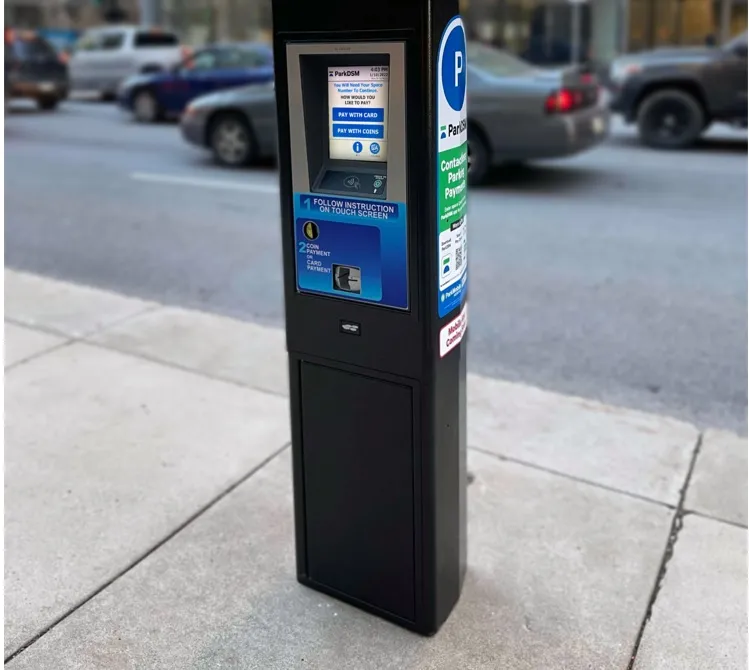A segregated, mechanical three-position variable message sign able to display lane closures and other instructions is making its debut on the Triplesign stand. An electric motor turns the vertical triangular elements in the sign to display the required message and in the latest incarnation a set of three vertical elements depicts each lane of the road and can be individually controlled to indicate which lanes are open or closed.
March 26, 2014
Read time: 2 mins

A segregated, mechanical three-position variable message sign able to display lane closures and other instructions is making its debut on the 7697 Triplesign stand.
An electric motor turns the vertical triangular elements in the sign to display the required message and in the latest incarnation a set of three vertical elements depicts each lane of the road and can be individually controlled to indicate which lanes are open or closed.
Unlike digital VMS, the Triplesign only consumes energy when rotating the elements to change the display allowing the entire sign can run from a single 12V battery (with a solar panel for trickle recharging if required). The display can be either be programed to show particular messages at certain times and days (such as outside schools) or changed as required using a mobile phone.
In remote areas where there is no available power, Triplesign’s sales director P-A Claveroth, says the total cost of installing one of its signs can be as little as 25% that of deploying digital VMS in the same location.
www.triplesign.com
An electric motor turns the vertical triangular elements in the sign to display the required message and in the latest incarnation a set of three vertical elements depicts each lane of the road and can be individually controlled to indicate which lanes are open or closed.
Unlike digital VMS, the Triplesign only consumes energy when rotating the elements to change the display allowing the entire sign can run from a single 12V battery (with a solar panel for trickle recharging if required). The display can be either be programed to show particular messages at certain times and days (such as outside schools) or changed as required using a mobile phone.
In remote areas where there is no available power, Triplesign’s sales director P-A Claveroth, says the total cost of installing one of its signs can be as little as 25% that of deploying digital VMS in the same location.
www.triplesign.com









